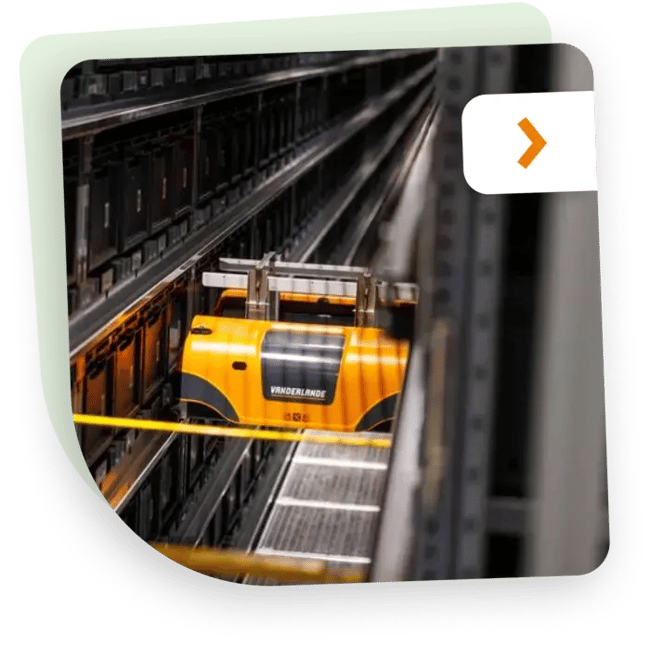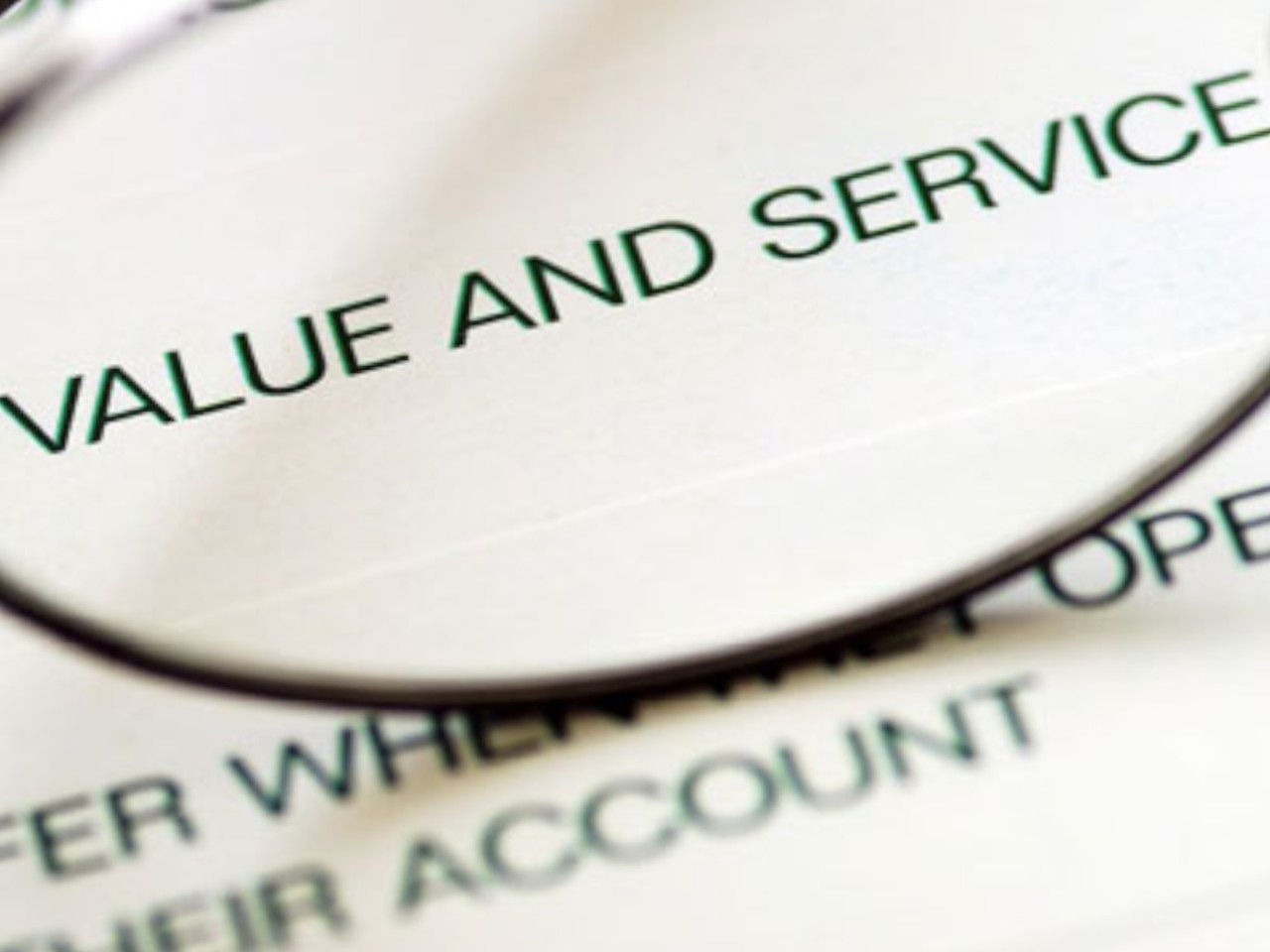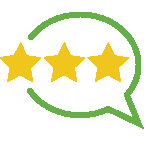How can companies gain a competitive advantage in procurement and inventory?
The procurement function has a lot of challenges that go far beyond the traditional optimal price and quality mix trade-offs. In addition to managing the supplier selection process, procurement teams must focus on supplier benchmarking and supplier compliance to drive continuous improvement and build more resilient partnerships.
Moreover, procurement has to lead the way by monitoring the performance of suppliers, scouting new suppliers to deal with changing circumstances and be extremely efficient with scarce resources to monitor procurement execution and harvest the benefits that emerging technologies will bring in the near future. Supplier Strategy Leaders need to stay ahead of these challenges and opportunities by creating and embracing digital strategies that will not only focus on cost efficiencies and spend management, but also support faster and more informed decision-making.
Unreliablility in material supply
Compelling supply disruptions force procurement teams to spend extra time on price management, procurement contract management, supplier selection and onboarding new suppliers, while expediting materials also becomes more time-consuming. Without an effective supplier risk management process in place, such disruptions can result in production impact and excessive inventory, underscoring the importance of strategic sourcing to minimize risk.
Insufficient performance management
Supplier performance against contracts and SLAs needs to be monitored continuously, hence annual reviews will no longer be sufficient to properly manage the supplier evaluation process. Suppliers have to be facilitated with tools in order to become more proactive and have a clear data-driven evaluation mechanism that cannot be disputed.
Challenges in master data quality
Procurement leaders face challenges in achieving high-quality master data with their trading partners due to the lack of modern collaborative self-service tools. Direct integration with suppliers is often too limited and legacy supplier portals are not built with master data quality collaboration, continuous updates and procurement automation in mind. Supplier risk assessment becomes critical as poor data can exacerbate supply chain risks.
Procurement Transformation
Quyntess offers you a complementary Procurement Transformation Workshop, designed to make you aware of and prioritize your supply chain needs. This allows you to identify potential areas for improvement and develop an actionable plan to deliver better supply chain performance.
Top priorities ranked by Procurement experts
If disruptions occur in real-time, why is your procurement execution often lagging behind?
Recent studies indicate that only 31% of companies across various sectors, including building materials, automotive, machinery & equipment, chemicals, and FMCG & retail, consistently leverage real-time data in their procurement operations. Given the ongoing volatility, it’s crucial for this statistic to improve. To stay competitive, businesses must adopt modern solutions that align with best practices in procurement.
In order to achieve material availability efficiently, companies must be ready to embrace modern digital procurement solutions that support procurement risk management and meet excellence goals for the next decades. We have spoken to experts in our customer base and highlighted four essential priorities for the procurement lifecycle that should be at the top of every Supply Chain Leader's digital transformation agenda.

Contract based procurement
Procurement leaders predominantly rely on contract-based procurement with pre-agreed price and quality targets, Service Level Agreements and supplier agreement management. There is a strong emphasis on contract compliance with their suppliers. Exchanging forecasts or delivery schedules are constantly updated to replace purchase orders. Advance Shipment Notifications trigger goods receipt against contracts and automated payments. These contracts are heavily subject to changes, which are administered automatically by our supply chain management apps and mutually approved to update the internal systems. This is a proven methodology to make procurement relations more professional and supplier contact management more responsive.
Operational execution performance
Real-time insights on KPIs, such as on-time delivery, stock availability, order accuracy, and production lead times are essential for strategic supplier management when working with a multitude of suppliers. Quyntess seamlessly integrates and consolidates data from your ERP solution and the supplier network to serve up powerful insights that measure against what is agreed in the service level agreement and related KPIs defined. Unlike internal BI tools and dashboards, these KPIs are shared directly on the supplier’s home page, so they are alerted and triggered to a pro-active and self-curating mechanism instead of waiting for the buyer’s escalation.
Proactive supplier collaboration
Companies are often unable to recognize the early signs of unforeseen events nor respond quickly to changing purchasing conditions, part shortages, compliance issues, and other material replenishment shocks. Our framework collects early warning signals from both real-time events as well as so-called “non-events”. By pushing alerts to suppliers initially and to buyers if no reaction or correction is spotted, we take the hard monitoring work away with procurement technology. Our real-time collaboration allows efficient supplier relationship management, resulting in improved on-time delivery, streamlined processes, and increased productivity.
Create value with emerging opportunities
Even though it appears contradictory to contract-focused purchasing, Supply Chain Leaders have to stay open and flexible to spot opportunities in the market or face emerging challenges. Quyntess has created a number of advanced purchase to pay solutions to enable dual sourcing strategies and perform “quick RFQs”. Our framework enables ethical sourcing, sustainable sourcing and green procurement strategies that not only align with procurement ethics but also enhance procurement cost savings.
High-performing Procurement leaders at a glance
“Digital supplier collaboration is one of several important initiatives that Global Procurement Function is taking to ensure even more reliable and sustainable supply of goods in the future, strengthening the competitiveness and flexibility of Vanderlande Industries as a leading player in the market."
Mart Corbijn van Willenswaard
Executive Vice President Supply
Vanderlande Industries

Most valued apps by Procurement Professionals
Procurement apps with seamless integration to meet your priorities
With our commitment to incorporating composability into your digital supply chain strategy, we offer API-driven process integration between apps and external systems, providing the flexibility to focus on your specific priorities. Our e-procurement solutions cover your entire tactical and operational sourcing process, including e.g. forecasts, inventory, logistics, services, quality, and invoicing. All are accessible through a modern and global collaboration network, helping ensure procurement compliance and effective risk and compliance management.
By covering the complexity behind the screens of our applications and through our advanced data model layer, your teams can effortlessly navigate through a user-friendly interface to manage their roles in supplier collaboration and vendor management. This results in enhanced access to real-time data, smarter performance indicators, improved AI capabilities, and a highly resilient supply chain ecosystem.
.webp?width=650&height=433&name=Procurement%20(2).webp)

Collaborative Forecasting
The Forecast Collaboration and Delivery Schedules App allows collaboration between buyers and suppliers on developments in time-phased demand. With this app, both parties have access to the same demand and supply data, can set up a contract-based procurement process, and will be guided by the workflow to efficiently move through changes in the supply plan and the associated capacity from the supplier. This app is also frequently used for Vendor Managed Inventory scenarios and supports sustainable procurement practices.

Order Collaboration
The Order Collaboration app is the cornerstone for procurement functions and is also one of the oldest and most elaborate apps in the Quyntess portfolio. It handles different order types such as purchase orders and planned orders as well as contracts, and helps streamline supplier diversity.. The users are not overwhelmed by features they do not need because our Agile “Release-on-Demand” strategy makes the app extremely versatile. The action in this app is typically at the order line level where the changes and updates typically tend to occur.

SCM Dashboard
The SCM Dashboard is designed to track and control collaboration with various suppliers and turn procurement data into actionable insights and procurement data analytics. The app offers different KPIs and drill-down charts to underlying data in the other apps that make it possible to get a single version of the truth about the performance of individuals or groups of suppliers, enabling efficient supplier performance management and supplier quality management. Unlike with internal BI tools, key suppliers have access to the dashboard in real-time, allowing them to address supplier quality assurance issues and self-curate problems before escalation is required.

Product Data Management
The Product Data Management app helps to maintain master data fresh and turn them into an asset to collaborate with suppliers. The app ensures that there are fewer issues with replacement items and specification updates including certificates and other documents. Both parties can take initiatives, depending on the configuration and every action in the app is also available through integration to handle large data volumes as well.

Planner Workbench
The Planner Workbench app is typically used by companies that have a combination of heterogeneous ERP systems, strategic (shared) suppliers between different operating companies, and a form of centralized buying for at least specific categories. The Planner Workbench is a tactical tool that is used to bundle and distribute demand and support dual sourcing and so-called “supplier switch” scenarios.
Could not find a suitable solution for your priority here?
The Quyntess app suite consists of 13 comprehensive apps that allow you to improve visibility and collaboration across the supply chain. Learn more about each app and find a suitable solution to match your business requirements around co-manufacturing, electronic document management, logistics collaboration, maintenance, quality, or e-invoicing.
Procurement Transformation
Quyntess offers you a complementary Procurement Transformation Workshop, designed to make you aware of and prioritize your supply chain needs. This allows you to identify potential areas for improvement and develop an actionable plan to deliver better supply chain performance.
AVK
Tradeshift and Quyntess'
partnership enables
AVK to transform its
supply chain
With more than 100 companies and 20 manufacturing sites, AVK Group had to deal with a large global supplier base. Because these were predominantly Asia-based casting suppliers, AVK Group’s purchasing team’s day-to-day operations were impeded by cultural differences, different time zones, and language barriers.
Keep exploring

More suppliers using Tradeshift network
Our partner Tradeshift, the leader in supply chain payments and marketplaces, today announced the rapid expansion of its community of suppliers in Italy, where the number of businesses using the platform...

Procurement should move from...
At the Digital Transformation workshop of the Control Towers group I was inspired by the keynote of Mikkel Hippe Brun (Co-founder, Tradeshift) that gave an inspiring speech about how to be disruptive in your business.

Vanderlande adopts Quyntess apps for supply...
Quyntess has been selected by Vanderlande Industries as its partner for digital supplier collaboration. Both companies aim for a long-term partnership in which Quyntess’s modular...
Do you have multiple priorities?
Discuss your challenges with us
Book a complimentary workshop with one of our experts to determine the top priority for your digital transformation. Already know your top priority or want to onboard new suppliers, get in touch so we can run a supplier check.
Frequently asked questions
Indirect procurement involves purchasing goods and services necessary for everyday business functions that do not directly contribute to manufacturing. The shift to digital operations and advancements in technology have increased the reliance on nonmaterial resources like software. Procurement spend analysis and supplier evaluation are crucial for managing indirect procurement efficiently.
Direct procurement involves purchasing raw materials and services essential for manufacturing. It focuses on tangible items but also includes services like transportation. Efficiency in direct procurement is crucial, as it impacts manufacturing costs and overall profitability. Using cost management strategies and following procurement best practices can enhance its effectiveness.
Procurement transformation involves changing how a company purchases goods and services to make the process more efficient, cost-effective, and strategic. It includes adopting new technologies and automating tasks, shifting procurement to a strategic role. It helps reduce costs, improve quality, and manage risks. Supplier performance management and procurement best practices are vital for success.
Real-time collaboration allows team members or stakeholders to work together simultaneously on tasks, projects or documents from any location. Real-time collaboration tools enable instant communication, speeding up teamwork and decision-making. This approach helps remote teams or stakeholders stay connected and updated while enhancing vendor selection and improving supplier performance management.
Procurement in the supply chain is acquiring the goods and services needed for a company to function. This includes identifying needs, sourcing suppliers, negotiating prices, and ensuring timely delivery of goods and services, both tangible and intangible. Effective procurement focuses on getting the best value and uses supplier benchmarking and procurement best practices to enhance performance.


%20(2)%20(1).webp?width=600&height=441&name=Contact%20(1)%20(2)%20(1).webp)